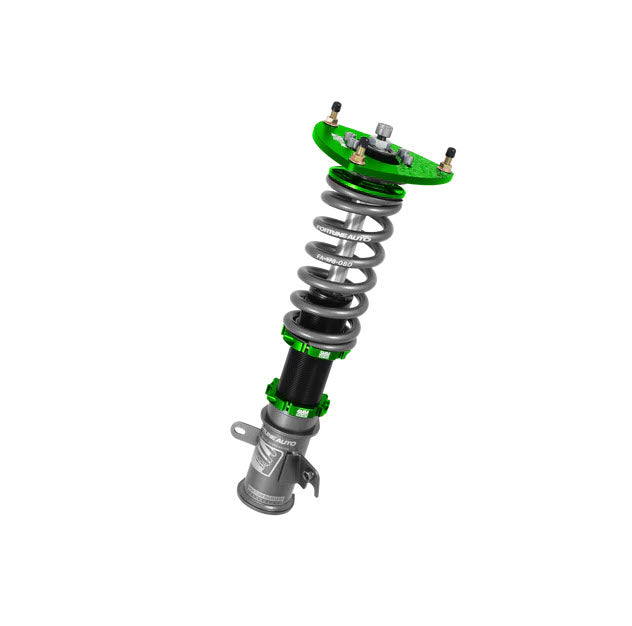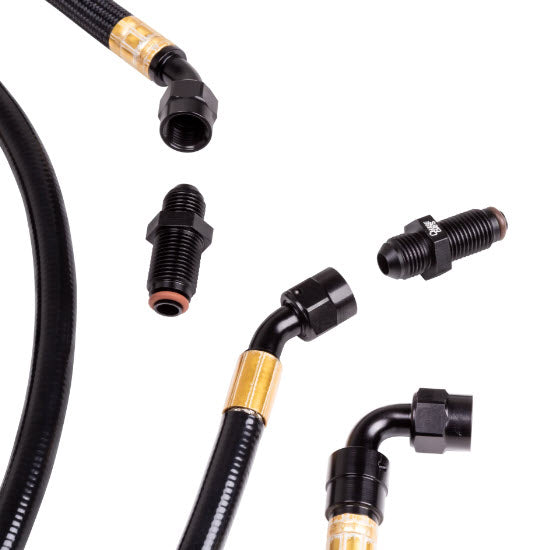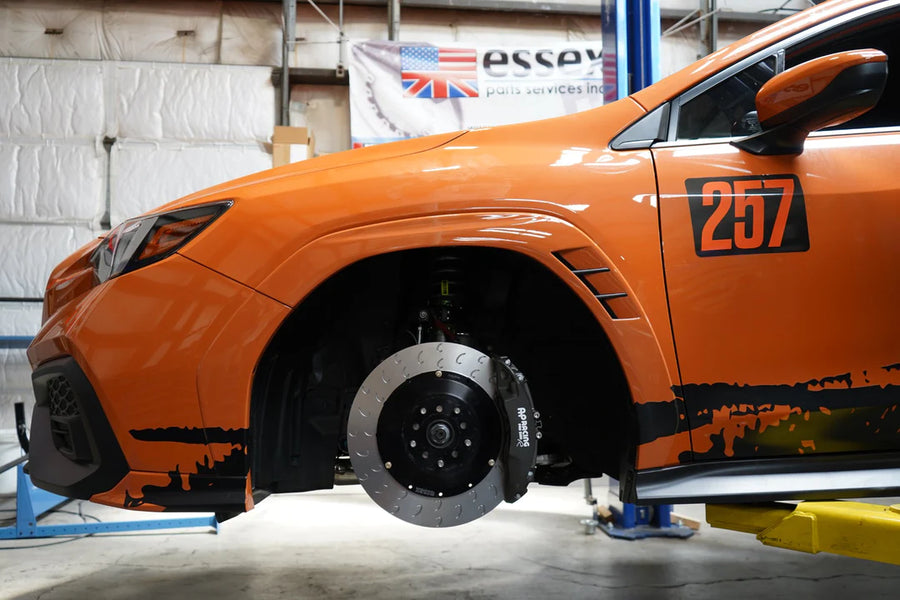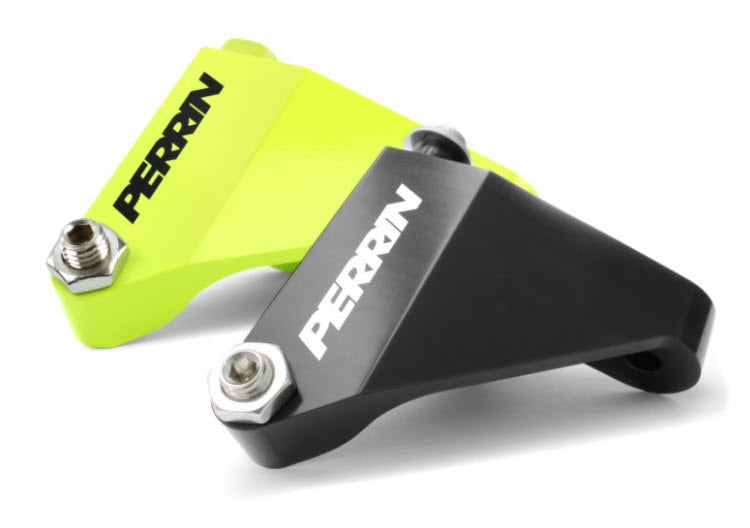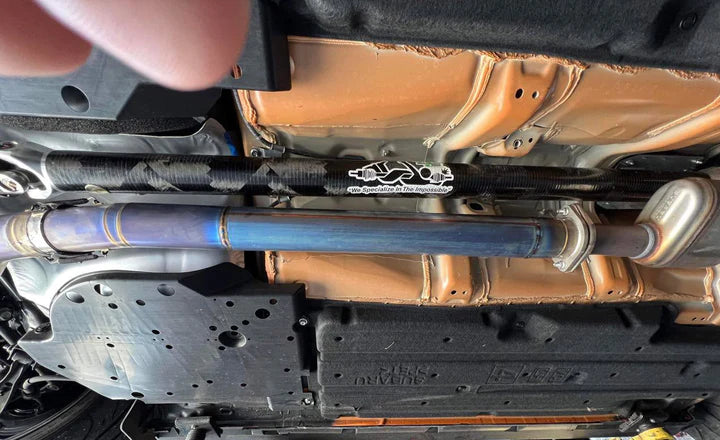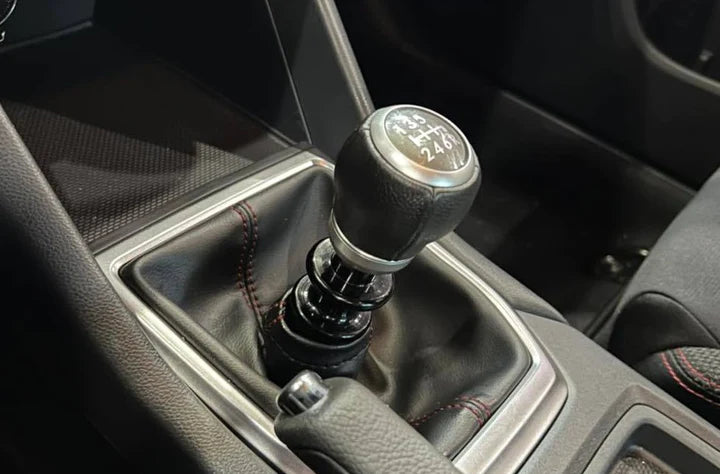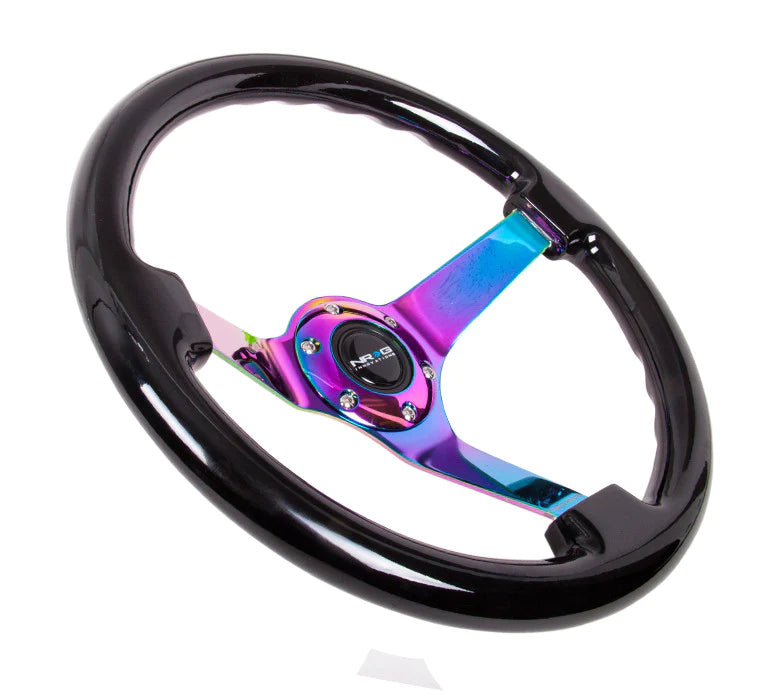The Ultimate Guide to Replacing an Air Oil Separator

Keeping your car running smoothly requires some know-how and a bit of elbow grease. The air-oil separator is an essential component that often flies under the radar. This small but mighty part is crucial in maintaining your engine’s performance and longevity.
To help your car stay in great condition, here’s the ultimate guide to replacing an air oil separator, from understanding its function to the tools you’ll need and the step-by-step process. Buckle up and get ready to become a pro at this piece of automotive maintenance!
What Is an Air Oil Separator?
An air-oil separator is a critical component of your vehicle’s engine. Its primary function is to separate oil from the air that passes through the engine’s crankcase ventilation system. This prevents oil from contaminating the intake system, ensuring your engine runs efficiently. The separator catches the oil mist generated during the engine’s operation and returns it to the oil pan while the cleaned air continues through the system.
Why You Should Maintain and Replace the Air Oil Separator
Maintaining your air oil separator offers several advantages beyond keeping your engine clean. Proper upkeep ensures optimal engine performance and extends its lifespan. Let’s explore why regular maintenance, including time replacements, is essential in more detail.
Improved Engine Performance
A properly functioning air oil separator ensures that your engine receives clean air, free of oil contaminants. This leads to better combustion, improved power output, and overall enhanced performance.
Longevity of Engine Components
The separator prevents oil from entering the intake system, reducing wear and tear on various engine components. This can extend the life of your engine and save you money on costly repairs down the road.
Lessened Environmental Impact
Regular maintenance of your air oil separator also has environmental benefits. By reducing oil consumption and preventing leaks, you’re helping to minimize your vehicle’s carbon footprint and contribute to a cleaner environment.
Signs of a Failing Air Oil Separator
Recognizing the signs of a failing air oil separator can clue you into the need to replace it. Here are the most common indicators:
- Increased oil consumption: If you frequently top off your oil, it could be a sign that the separator isn’t working.
- Oil leaks: Visible oil leaks around the separator or the crankcase ventilation system often indicate a problem.
- Poor engine performance: A failing separator might cause reduced power and fuel efficiency.
- Excessive smoke: Blue or white smoke from the exhaust may suggest that oil is entering the combustion chamber due to a faulty separator.

Getting Ready for Replacement
Before you roll up your sleeves, gather the necessary tools and equipment for the job. Having everything on hand will make the process smoother and more efficient. Make sure to double-check your list to ensure everything is present. Additionally, organize your tools so they are easily accessible. This preparation will save you time and reduce frustration as you work.
Tools and equipment you may need include the following:
- New air oil separator
- Socket wrench set
- Screwdrivers (flathead and Phillips)
- Pliers
- Ratchet and extension
- Gasket scraper
- Replacement gaskets (if needed)
- Oil catch pan
- Work gloves and safety goggles
Step-by-Step Guide to Replacing the Air Oil Separator
Replacing your air oil separator might seem intimidating, but with this detailed guide, you can do it quickly. Follow these step-by-step instructions carefully to ensure a smooth process. Remember to gather all necessary tools before you begin to make the task even easier.
1. Disconnect the Battery
Safety first! Disconnect the negative terminal of your car battery to prevent any electrical mishaps while working on your engine. This step is crucial for avoiding accidental shocks. Always double-check your connections before proceeding with repairs.
2. Locate the Air Oil Separator
Consult your vehicle’s manual to find the exact location of the air oil separator. It’s typically mounted on or near the engine’s crankcase ventilation system.
3. Remove Components Blocking Access
You may need to remove other engine components to access the separator. This could include the intake manifold, hoses, or other parts. Use your socket wrench and screwdrivers to detach these components carefully.
4. Detach the Air Oil Separator
Use your tools to remove the bolts or clamps holding the separator to the engine. Be ready for oil to spill by having your catch pan ready. Clean the area once the separator is off to prevent debris from entering the engine. Make sure to check the separator for wear or damage before installing.
5. Install the New Separator
Position the new air oil separator, secure it with bolts or clamps, and ensure it’s correctly seated and firmly attached. Check for leaks by inspecting all connections.
6. Reassemble the Engine Components
Reattach any components you removed earlier, ensuring they are properly secured. Take your time to avoid any mistakes that could affect your engine’s performance. Double-check all connections to guarantee everything is in place before starting the engine.
7. Reconnect the Battery
Reconnect the negative terminal of your battery and ensure all connections are tight and secure. Double-check that no wires are frayed or damaged.
8. Test Your Work
Start your engine and observe its performance. Look for any signs of oil leaks or unusual behavior. If everything runs smoothly, congratulations—you’ve successfully replaced your air oil separator!

Common Mistakes To Avoid
Replacing an air oil separator can be simple, but even experienced DIYers can make mistakes. Before starting, be aware of common pitfalls that could complicate or delay your repair. Knowing these will help you prepare and ensure a successful replacement, maximizing your engine’s engine efficiency and longevity. Here are several common mistakes to watch out for:
- Skipping the battery disconnect: Neglecting this step can lead to electrical shorts or injuries.
- Improperly seating the separator: Make sure the new separator is correctly positioned to avoid oil leaks.
- Failing to clean the area: Residual debris or old gasket material can compromise the new separator’s effectiveness.
Wrapping Up the Journey
By following our guide to replacing an air oil separator, you can significantly improve your vehicle’s performance and longevity. Regular maintenance keeps your engine in top shape and supports a cleaner environment. Ready to take the next step? Visit Dirty Racing Products for high-quality air oil separators and other automotive essentials!


